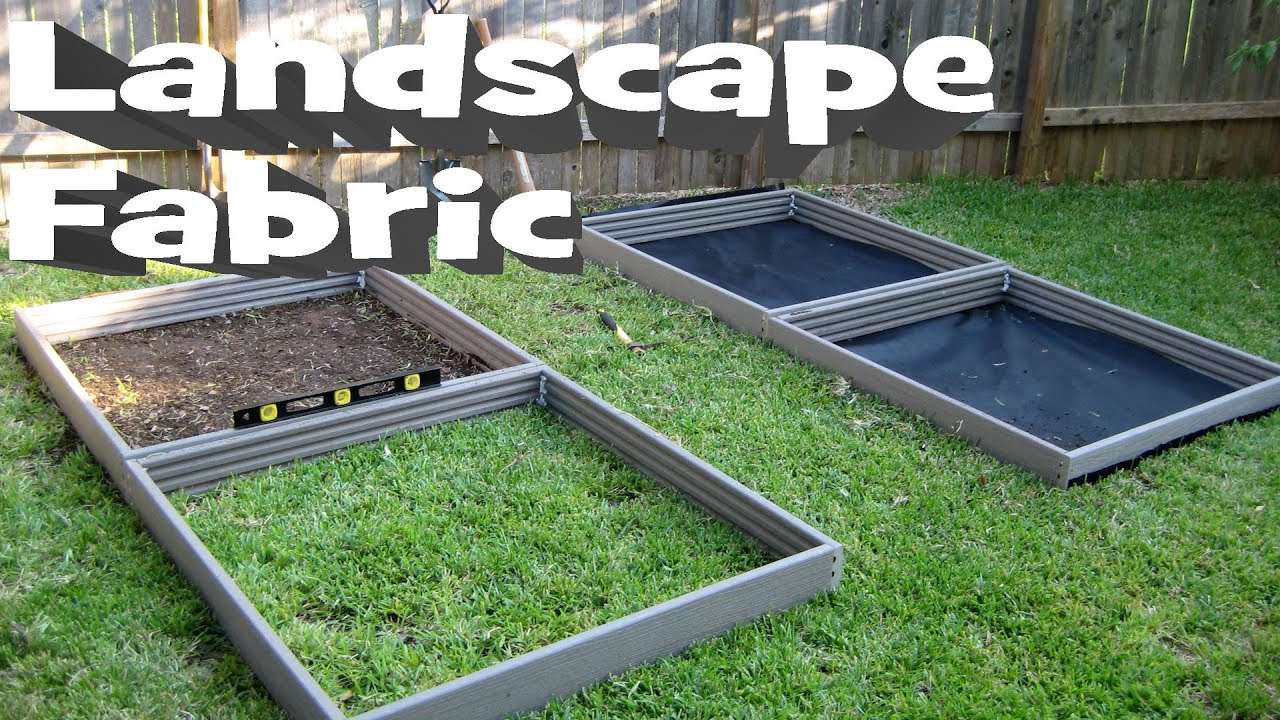Hello! In this article, we’ll be exploring the need for a membrane under raised beds. We’ll dive into topics such as off-grid living and gardening to give you more context about the subject. By the end, you’ll have a better understanding of whether or not you need a membrane under your raised beds for successful gardening. So let’s get started and discover the benefits and considerations of using a membrane in your raised bed setup.
Exploring the Need for Membrane Under Raised Beds
If you are an avid gardener or someone who enjoys off-grid living, you have likely come across raised beds as a popular gardening method. Raised beds offer numerous benefits, such as improved soil quality, easier maintenance, and increased productivity. However, when it comes to ensuring the longevity and efficiency of your raised beds, one important consideration is whether or not to use a membrane underneath. In this article, we will explore the need for a membrane under raised beds, its benefits, and factors to consider when choosing the right one.
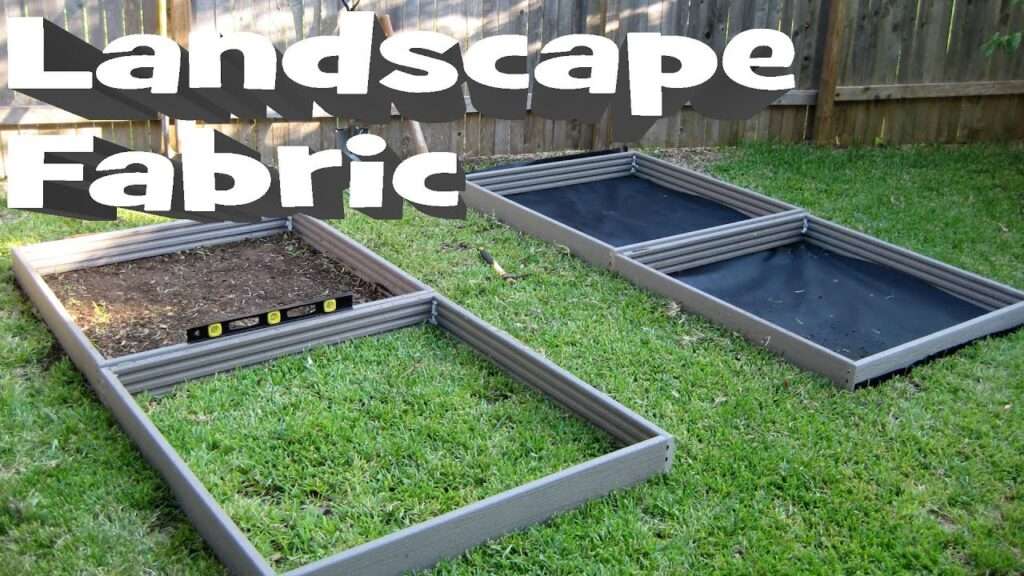
Understanding Raised Beds
Before diving into the need for a membrane, it’s essential to understand what raised beds are and how they work. Raised beds are exactly what they sound like – garden beds that are elevated above the ground level. They are typically constructed with wooden, metal, or plastic frames and are filled with soil that is specifically prepared for optimal plant growth. Raised beds are a popular choice among gardeners due to their versatility, accessibility, and ability to provide control over soil quality.
Benefits of Raised Beds
Raised beds offer several advantages over traditional ground-level gardening. First and foremost, the elevated design allows for better soil drainage and aeration, which is crucial for plant health. Furthermore, the controlled environment of raised beds helps to keep the soil’s temperature more consistent, which can extend the growing season and promote healthier plants. Additionally, raised beds provide better weed control, reduce soil compaction, and prevent the intrusion of pests. Overall, raised beds offer a productive and efficient way of cultivating plants.
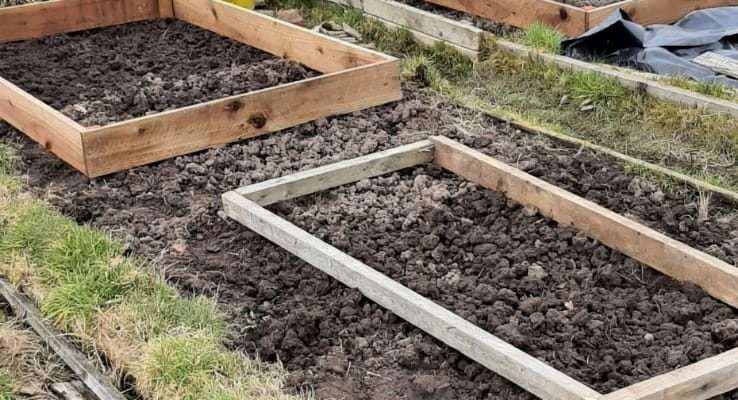
Importance of Proper Drainage
Proper drainage is crucial to the success of any garden, and raised beds are no exception. When constructing a raised bed, it is essential to ensure that excess water can drain freely. Without adequate drainage, the soil in the raised bed can become waterlogged, leading to root rot and other detrimental conditions for your plants. This is where the need for a membrane under raised beds comes into play.
Preventing Weeds and Grass
Weeds and grass can be persistent adversaries in any garden, and raised beds are not exempt from their invasion. By installing a membrane underneath your raised beds, you create a barrier that prevents these unwanted plants from growing up into the bed. This is especially beneficial if you are using wood or other organic materials for your raised bed frames, as these materials can decompose and contribute to the growth of weeds. The membrane acts as an extra layer of defense against unwanted vegetation, making your gardening experience more enjoyable and productive.
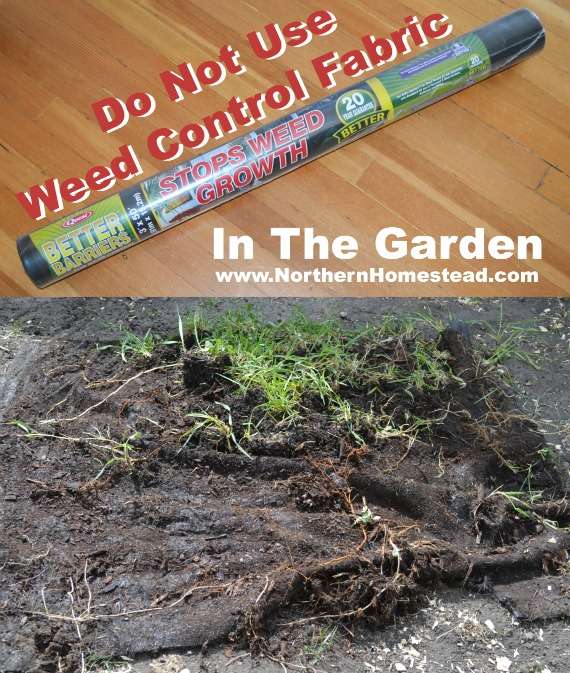
Minimizing Soil Erosion
Another important factor to consider when deciding whether or not to use a membrane under your raised beds is soil erosion. Over time, the constant exposure to rainfall and watering can cause the soil in your raised beds to erode, leading to the loss of valuable nutrients and compromising the structural integrity of the bed. By installing a membrane, you create a barrier that helps to retain the soil within the bed, minimizing erosion and preserving the quality of the soil for your plants to thrive.
Improving Soil Retention
In addition to preventing soil erosion, a membrane under raised beds helps to improve soil retention. As you water your raised beds, the moisture is absorbed by the soil and can potentially seep through the bottom, especially if the bed is situated on permeable surfaces such as gravel or sand. A membrane acts as a barrier that prevents water from escaping, allowing your plants to benefit fully from the water and nutrients provided. It essentially helps to create a water reservoir within the raised bed, ensuring that your plants stay hydrated and nourished.
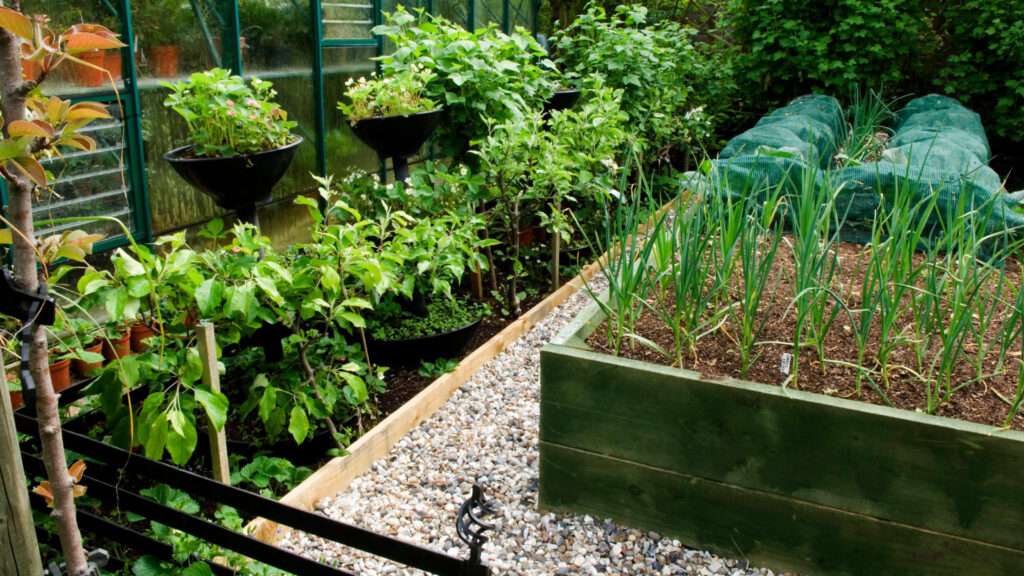
Controlling Soil pH Levels
Maintaining the right soil pH levels is crucial for plant growth and overall health. Different plants have different pH preferences, and by using a membrane under your raised beds, you can have better control over the pH levels of your soil. Without a membrane, the soil can be influenced by the underlying ground’s pH, which may not be suitable for all plants. By using a membrane, you create a barrier that prevents the underlying ground’s pH from affecting the soil in your raised beds, allowing you to create the perfect pH environment for your plants’ specific needs.
Reducing Nutrient Runoff
Nutrient runoff is a common issue in traditional ground-level gardens, where excess fertilizers can wash away during heavy rainfall, causing both environmental and financial losses. By using a membrane under your raised beds, you can help minimize nutrient runoff by retaining the fertilizers within the bed. This not only saves you money but also ensures that your plants receive the optimal amount of nutrients they need for healthy growth.
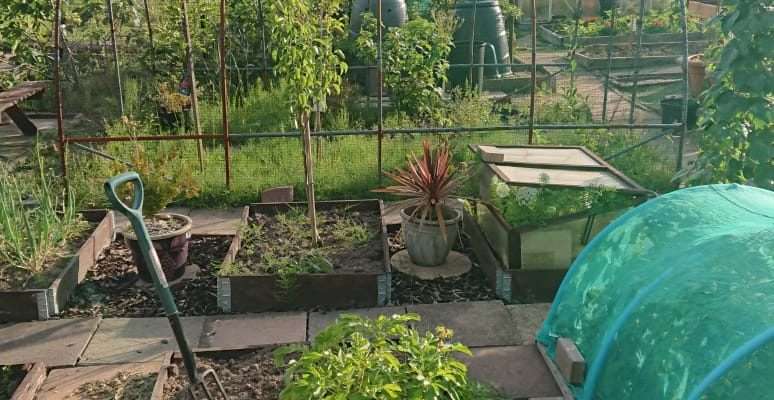
Choosing the Right Membrane
When it comes to choosing the right membrane for your raised beds, there are a few factors to consider. First and foremost, the membrane should be permeable enough to allow for adequate drainage but not so permeable that it allows weeds and grass to penetrate. Additionally, it should be durable, as it will be subjected to constant exposure to moisture and soil. Lastly, consider the environmental impact of the membrane. Opt for materials that are environmentally friendly and free from harmful chemicals.
Considering Environmental Impact
As gardeners, it is essential to consider the environmental impact of our choices. When using a membrane under your raised beds, opt for materials that are eco-friendly and sustainable. For example, you can choose a biodegradable landscape fabric or even repurpose materials such as old bedsheets or burlap. By selecting environmentally conscious options, you can enjoy the benefits of a membrane while minimizing your ecological footprint.
Ensuring Proper Installation
Installing a membrane under raised beds may seem like a straightforward task, but it is important to do it correctly to maximize its effectiveness. Before placing the membrane, ensure that the surface beneath the raised bed is clear of any rocks, roots, or debris that may puncture the membrane. Trim the membrane to fit the dimensions of your raised bed, leaving a slight excess at the edges to prevent any gaps. Finally, secure the membrane in place, ensuring it is taut and well-oriented, before adding the soil to your raised bed.
Maintenance and Longevity
Like any other gardening task, the use of a membrane under raised beds requires regular maintenance to ensure its longevity and effectiveness. Inspect the membrane periodically for any signs of wear or damage, such as tears or holes. If necessary, patch or replace the damaged areas promptly. Additionally, remove any debris or weed growth on or around the membrane to maintain its functionality. By maintaining the membrane regularly, you can ensure its longevity and continue to enjoy its benefits.
Cost and Budget Considerations
When it comes to considering the need for a membrane under your raised beds, cost and budget are important factors to consider. The cost of a membrane can vary depending on the material and quality chosen. While more durable and high-quality membranes may come with a higher price tag, they also tend to last longer and provide better protection. It is important to weigh the long-term benefits against the initial investment to determine the best option for your budget and gardening needs.
Conclusion
In conclusion, the need for a membrane under raised beds is a valid consideration when aiming for the optimal productivity and longevity of your garden. From improving drainage and preventing weed growth to minimizing soil erosion and controlling nutrient runoff, a membrane can offer numerous benefits. When choosing the right membrane, prioritize factors such as permeability, durability, and environmental impact. By ensuring proper installation and regular maintenance, you can enjoy the benefits of a membrane while successfully cultivating your raised beds and creating a thriving garden. So, next time you embark on your gardening journey, don’t forget to explore the need for a membrane under your raised beds – your plants will thank you!

